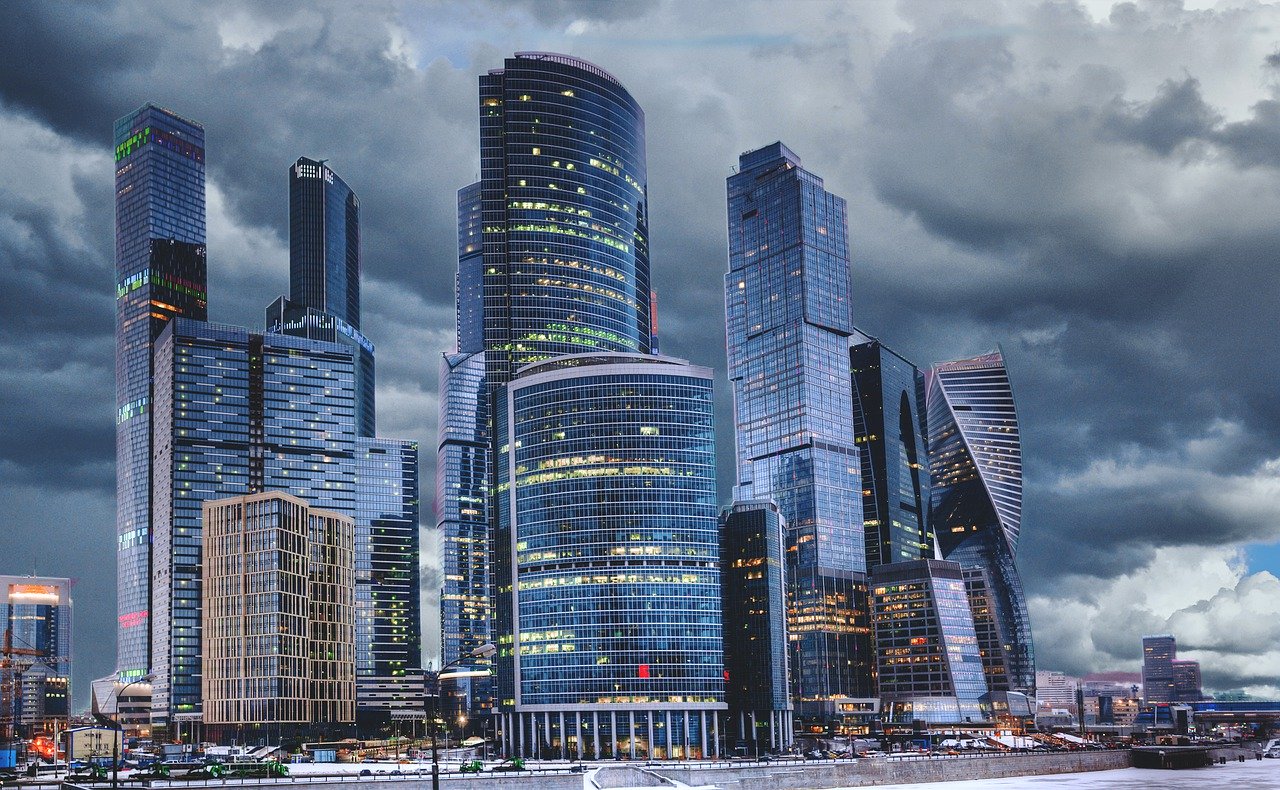
08th
Bifurcation in the office sector – the data confirm 2021’s anecdote
By Michael Taranto
Mid 2021 saw emerging discussion in property circles about coming bifurcation in the office sector. The story went that encouraging workers back to the office, and for the sake of their health and wellness, would mean premium towers going from strength to strength while lower grade buildings go backwards in value.
We’ve been on the lookout for hard data to confirm this trend, and read with interest a paragraph in last Friday’s The Economist, from a piece entitled Recession fears weigh on commercial property:
"Not all properties will struggle. The highest-quality, most energy-efficient buildings, with modern amenities and on prime sites, typically owned by big institutional investors, are expected to fare relatively well. By contrast, lower-quality assets across Europe lost around a tenth of their value in the second quarter of this year, compared with the previous three months, reckons Green Street, a research firm. That decline follows a poor 2021 for many such buildings: rents for lower-quality offices in London fell by 9% last year, compared with 2020, even as those for prime office space rose by 8%."
Source:Recession fears weigh on commercial property | The Economist
There is an imperative for mid-lower grade buildings to invest immediately to retain tenants, hold or increase rents, and not be left behind on capital value. Energy efficiency, electrification and indoor environment quality are all priorities for capital expenditure, as well as security and elevator upgrades.
The place to start on indoor environment quality is to obtain a rating – NABERS Indoor Environment is the leading programme in Australia and cost effective for mid-low grade buildings. This will be an independently certified benchmark to share with tenants and also provide a roadmap for improvement over coming years.
Property Council Australia’s guide to office building quality, published pre-pandemic, recommends 4-star NABERS IE for A-Grade buildings and 3-star for B-Grade buildings
A Guide to Office Building Quality by Property Council Australia | QED Environmental Services]
Categories
Recent Posts
Navigating the GRESB 2024 Updates: Key Changes and Implications
26th Nov
GRESB’s 2024 Real Estate Assessment introduced significant changes, refining how ESG performance is measured and reported. These updates a...
Trichloramine and Indoor Air Quality in Swimming Pools
05th Nov
For swimmers and pool workers alike, the characteristic "chlorine smell" at indoor swimming pools is part of the experience. Howev...
Indoor Air Quality Takes Centre Stage: A New Government Report on Airborne Virus Transmission
30th Sep
The importance of Indoor Air Quality (IAQ) has gained significant attention following the release of a groundbreaking report from Australia�...

















